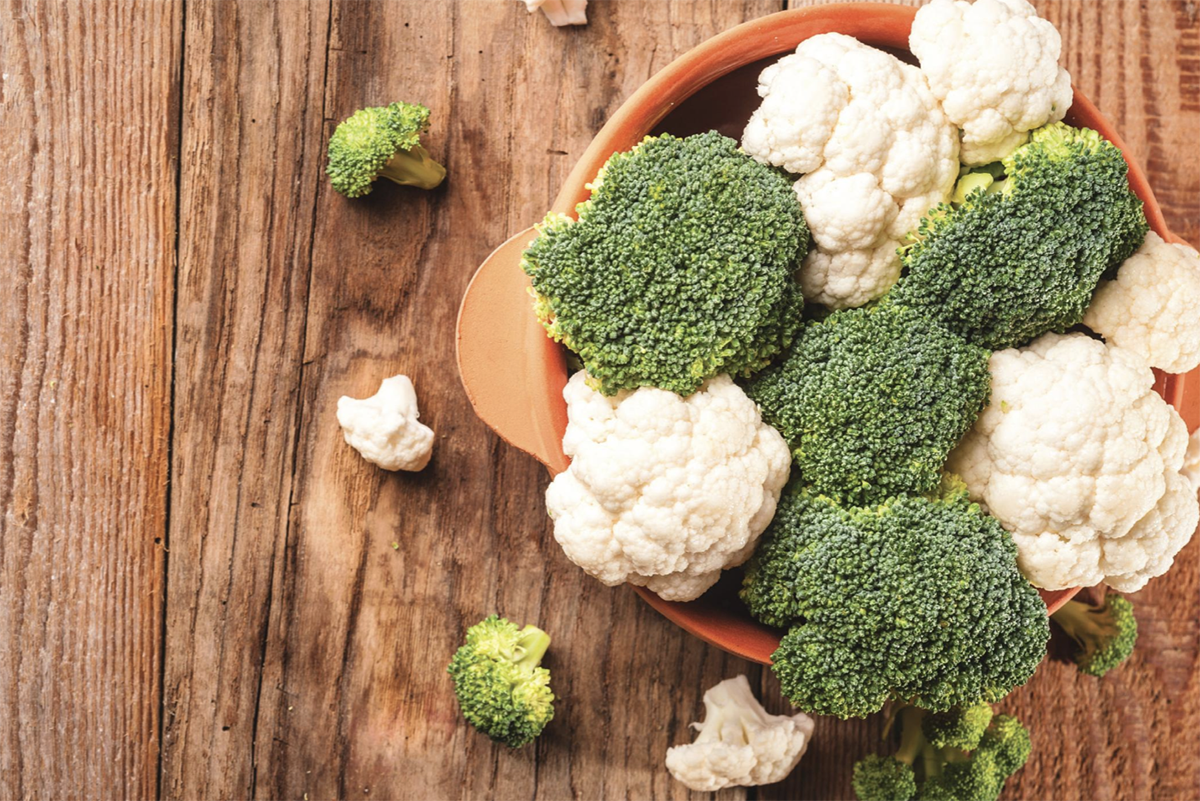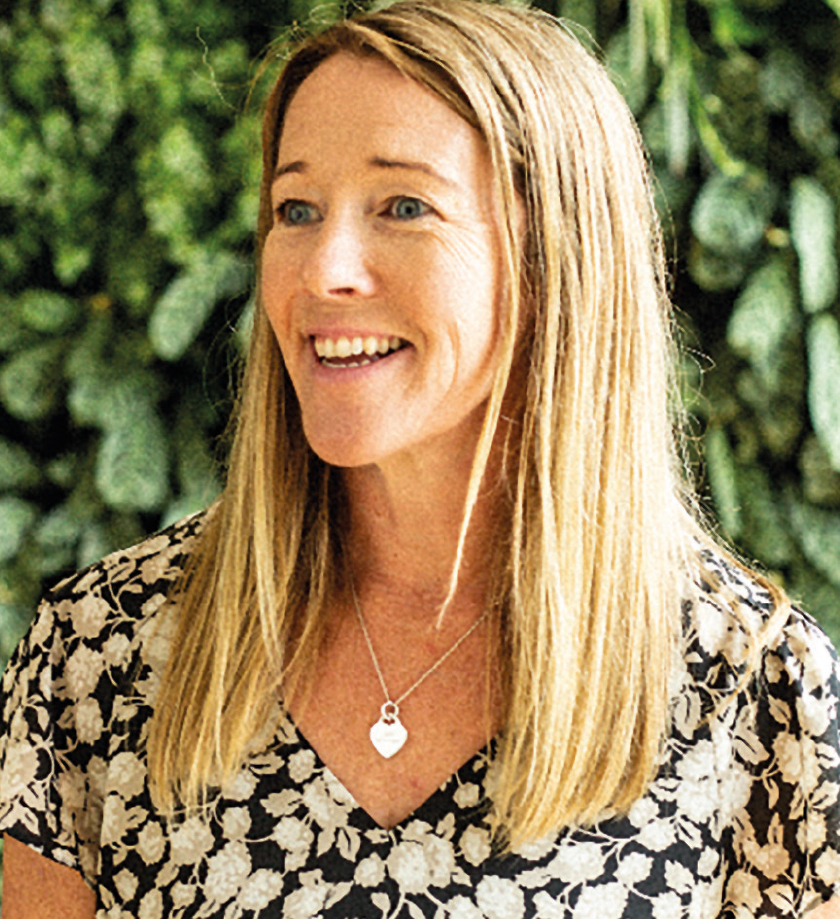
Cruciferous vegetables, such as broccoli and cauliflower, are well-known for their disease-preventive effects; the main reason is down to a compound called sulforaphane. What does sulforaphane do for the body, asks health specialist Tanya Borowski
The greatest power sulforaphane possesses is its ability to neutralise toxins, and thereby taming inflammation in your body – and inflammation is at the centre of just about every disease and condition: diabetes, heart disease, dementia, cancer, obesity and digestive diseases.
Let’s talk about the health benefits of sulforaphane before coming back to how to get more of it into your diet. It is well studied to be anti-inflammatory, neuro-protective, and may even protect against ageing and diabetes.
1. Anti Inflammatory
Sulforaphane activates the Nrf2 pathway. This sounds like warlords from a Dr Who episode, but Nrf2 is a protein inside every cell in the body which, when activated, triggers the production of our most potent antioxidant - glutathione. This reduces inflammation and helps the body protect against disease.
2. Brain power
Sulforaphane is considered a nootropic (improves cognitive function) because it can cross the blood-brain barrier. Studies in humans – and mice – showed that this compound reduced depressive symptoms and anxiety. Other studies found that it increases neurite growth. This means that it may help damaged neurons repair after injury or from ageing.
3. Diabetes
Sulforaphane works as an indirect antioxidant in a way that reduces the risk for Type 2 diabetes and its complications, such as neuropathy (nerve damage).
Those with Type 2 diabetes can’t effectively transport sugar from their blood to their cells, making it difficult to maintain healthy blood sugar levels. A 12-week study of 97 people with Type 2 diabetes examined how consuming broccoli sprout extract — equivalent to 150µmol of sulforaphane — daily affected blood sugar levels.
The study found that sulforaphane effectively reduced fasting blood sugar levels by 6.5% and improved haemoglobin A1c, a marker of long-term blood sugar control. These effects were particularly strong in participants who were obese with poor diabetes control
Hopefully, you are now even more motivated to eat more broccoli, so I now would like to share some newer information I’ve come across - that the Sulforaphane is activated only when vegetables are chopped or chewed!
How so?
Sulforaphane is formed in cruciferous vegetables by the mixing of a precursor compound called glucosinolate glucoraphanin with an enzyme also present in the plant called myrosinase - which transforms the glucosinolate glucoraphanin into sulforaphane. This magical reaction occurs when the plant is damaged (by chewing, blending, chopping, etc.) allowing the two compounds to mix and create Sulforaphane.
Cooking inactivates myrosinase, and as such raw vegetables have the highest levels of sulforaphane. This study found that raw broccoli had ten times more sulforaphane than cooked broccoli - but eating a plethora of raw broccoli is not the most palatable to be fair is it? But there is a way around this:
If you get into the habit of chopping up your broccoli (or sprouts, cauliflower, kale etc) and then wait for 45 minutes, you can then steam or roast your vegetables, and the sulforaphane has by then already been formed, so the enzyme is not required.
Frozen vegetables lack this ability because they are blanched (flash-cooked) before being frozen. But I have now got into the habit of chopping my cruciferous vegetables in the morning before work and popping them in a bowl in the fridge ready for the evening meal.
How to then cook once you’re pre-chopped?
• Steaming them for one to three minutes
• Roasting – below 200˚C.
NB: avoid boiling to death or microwaving cruciferous vegetables.





